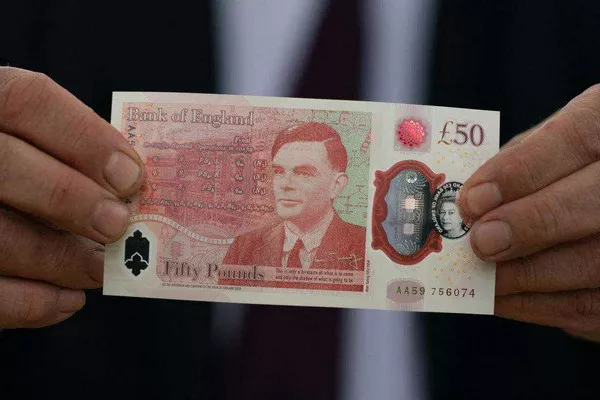In the dynamic and interconnected global economy, currencies play a pivotal role in shaping the financial landscape. Investors, businesses, and governments closely monitor currency strength, as it directly impacts trade, investment, and overall economic stability. The strength of a currency is often measured against other currencies, and several factors contribute to its valuation. In this article, we delve into the top 5 strongest currencies in the world, shedding light on the economic indicators and geopolitical factors that influence their standings.
Kuwaiti Dinar (KWD):
Topping the list of the world’s strongest currencies is the Kuwaiti Dinar (KWD). Renowned for its stability and high value, the Kuwaiti Dinar has consistently maintained its position as one of the strongest currencies globally. The strength of the KWD can be attributed to Kuwait’s abundant oil reserves, which form the backbone of its economy. As a major oil exporter, Kuwait enjoys substantial revenues, contributing to a robust GDP and a solid fiscal position. Additionally, the prudent economic policies and low inflation rates in Kuwait further enhance the strength of its currency.
Bahraini Dinar (BHD):
Securing the second spot on our list is the Bahraini Dinar (BHD). Like Kuwait, Bahrain benefits significantly from oil exports, which provide a substantial inflow of foreign currency. The Bahraini government has implemented effective economic policies, focusing on diversification beyond the oil sector. The country’s strategic location as a financial hub in the Gulf region has attracted foreign investment, contributing to the strength of the Bahraini Dinar. Furthermore, Bahrain’s commitment to economic reforms and a stable political environment plays a crucial role in maintaining the currency’s strength.
Omani Rial (OMR):
The Omani Rial (OMR) holds the third position among the world’s strongest currencies. Oman’s economy has flourished due to its oil wealth, and the Omani government has adopted prudent fiscal policies to ensure economic stability. While oil exports remain a primary driver of the economy, Oman has invested in infrastructure projects and economic diversification to reduce dependence on oil. The OMR’s strength is also bolstered by Oman’s relatively low inflation rates and sound monetary policies, contributing to investor confidence and a stable currency.
Jordanian Dinar (JOD):
The Jordanian Dinar (JOD) secures the fourth spot in the list of the strongest currencies globally. Jordan’s economic resilience can be attributed to its diversified economy, which includes sectors such as tourism, services, and remittances. The country’s strategic location, stable political environment, and sound economic policies contribute to the strength of the Jordanian Dinar. Additionally, Jordan has successfully managed its external debt, further enhancing the confidence of investors in the stability of its currency. The Central Bank of Jordan plays a crucial role in maintaining a stable monetary environment, ensuring the strength of the JOD.
British Pound Sterling (GBP):
Rounding out the top five is the British Pound Sterling (GBP), a currency with historical significance and a key player in the global financial system. The strength of the GBP is influenced by a combination of economic factors and the historical stability of the United Kingdom. Despite the uncertainties surrounding Brexit, the British Pound has demonstrated resilience, and the UK’s commitment to maintaining a strong currency has played a pivotal role. The Bank of England’s monetary policies and the UK’s status as a global financial center contribute to the strength of the British Pound.
See Also Why Is British Pound So Strong?
Conclusion:
In conclusion, the strength of a currency is a multifaceted phenomenon influenced by economic, geopolitical, and monetary factors. The top 5 strongest currencies in the world, led by the Kuwaiti Dinar, reflect the importance of stable economic policies, prudent fiscal management, and diverse economic foundations. As the global economy continues to evolve, these currencies serve as benchmarks for stability and resilience in an ever-changing financial landscape. Investors and policymakers alike closely monitor these currencies, as they provide valuable insights into the overall health and stability of the economies they represent.


